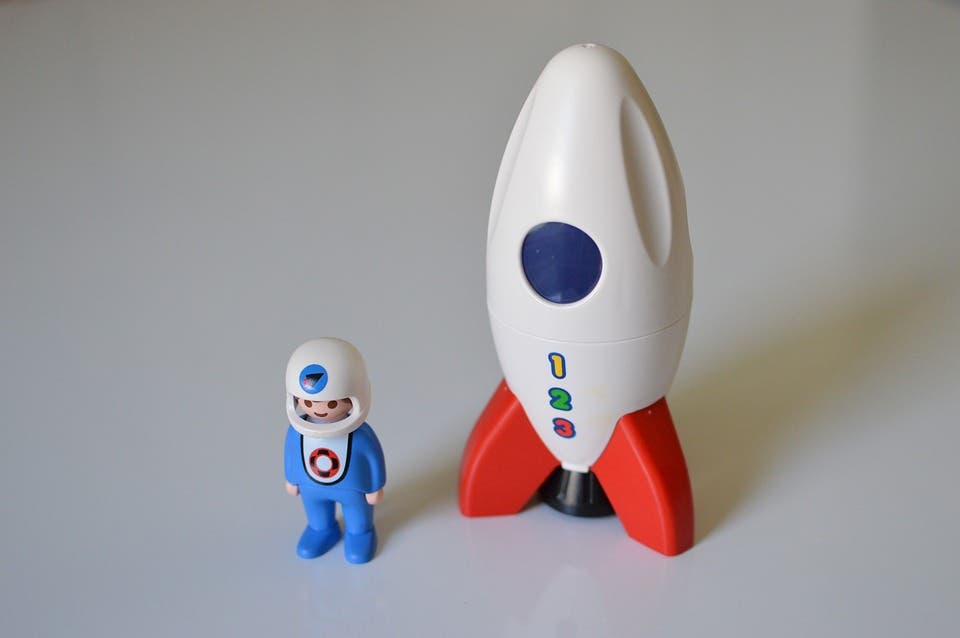Life in space may be really bad news for our bodies, a new study has found. Long-term exposure to microgravity environments seems to inhibit our circulatory system’s ability to shuttle oxygen around, leading to a dramatic reduction in the ability of long-term astronauts to perform physical activity.

Bad news if you planned on going to space and impressing the missus with your jar-opening skills on touchdown — you probably won’t have any left. A new paper from the Kansas State University shows that long-term exposure to space-like conditions reduces an astronaut’s capacity to exercise by a dramatic 30 to 50 percent. They propose this observed reduction in physical capacity is caused by faulty oxygen transport in microgravity. And, worryingly enough, the effect is seen even in astronauts who maintain a high fitness regime through exercise on missions.
Spacetrophy
A research team led by NASA kinesiologist Carl Ade took data recorded on a group of nine male and female astronauts who had spent roughly six months aboard the ISS. Each one of the astronauts had comprehensive measurements taken before a mission to assess their physical fitness.
The team was particularly interested in the numbers for oxygen uptake, cardiac output, and hemoglobin concentration and saturation (hemoglobin is the substance red blood cells use to bind and carry oxygen), as they quantified how effective each astronaut’s circulatory system was at getting oxygen to muscle mitochondria.
During their missions, each astronaut conformed to an aerobic and resistance training regimen designed by NASA. It included moderate and high-intensity training on an exercise bicycle or treadmill for four to six days each week, as well as upper and lower-body resistance training six days per week. Which is a lot more exercise than most of us can boast. Despite this, when the astronauts retook the physical tests two days after returning to Earth, their figures had dropped dramatically.
The team reports that by comparing the before and after data, they found a 30 to 50 % decrease in maximal oxygen (the maximum rate of oxygen consumed during exercise, a key indicator of cardiorespiratory health). After about 90 days down on Earth, the astronauts managed to regain more than 97% of their initial level of fitness. The inability to get back to full fitness capacity probably stems from an altered function of the lungs caused by long exposure to microgravity, the team notes.
“It is a dramatic decrease,” Ade in a press release. “When your cardiovascular function decreases, your aerobic exercise capacity goes down. You can’t perform physically challenging activities anymore. While earlier studies suggest that this happens because of changes in heart function, our data suggests that there are some things happening at the level of the heart, but also at the level of the microcirculation within capillaries.”
Their theory is that microgravity alters the way red blood cells interact with capillaries (the tiny ends of blood vessels), but more research is needed to clearly define the answer.
The findings raise some more warning signs in regards to our plans for deep space missions and outer-worldly colonization. After spending a few months in transit and exposed to microgravity, we can expect would-be colonists to suffer a significant decrease in their ability to perform physical tasks. In the case of an astronaut on Mars, for example, this means he or she may simply lack the ability to perform the intense manual labor required in setting up a colony by the time they get there.
At least we do have some time on our hands before we reach Mars to try and find some solutions to this problem.
The paper “Decreases in maximal oxygen uptake following long-duration spaceflight: Role of convective and diffusive O2 transport mechanisms” has been published in the Journal of Applied Physiology.
Was this helpful?



